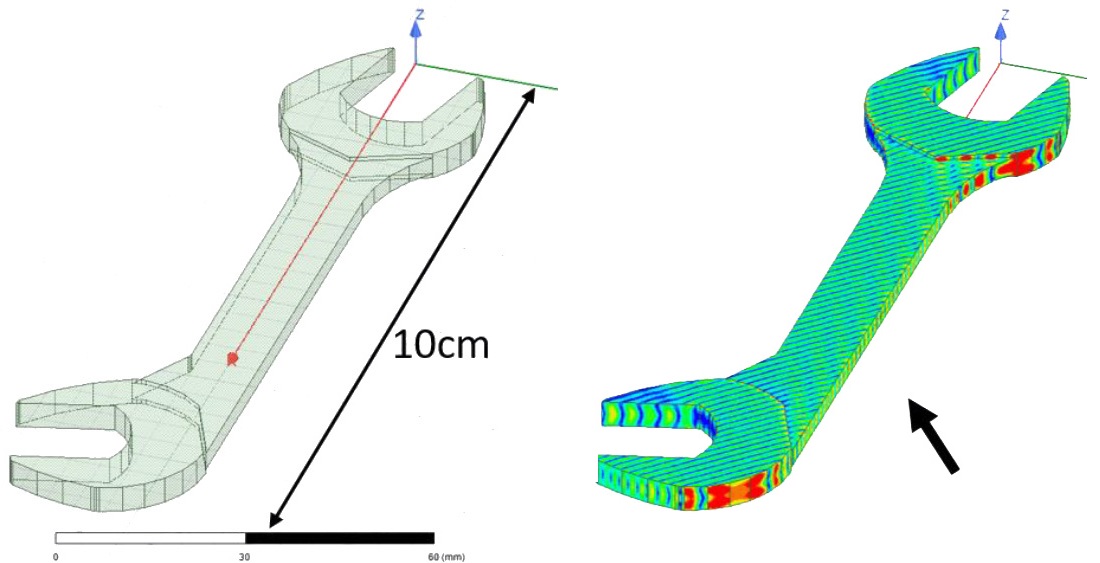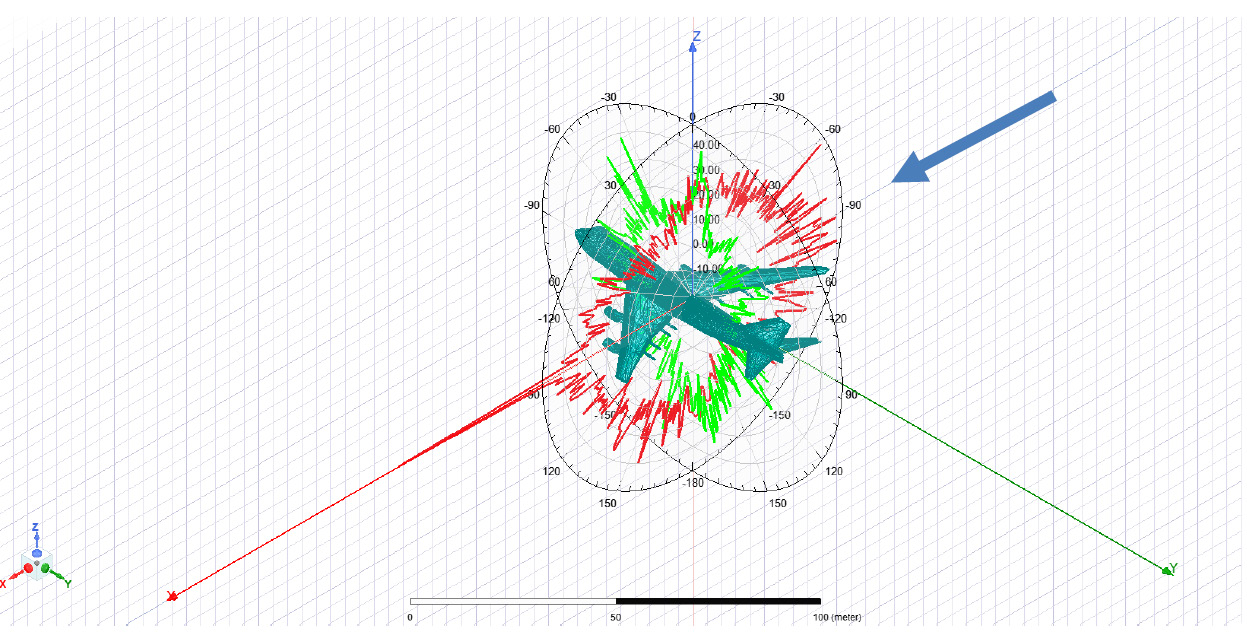Owner: Hitachi Kokusai Electric | Publication date: 26.10.2022.
Field of expertise:
Methods:
Application area:
Product Quality and Reliability| Safety Systems| Sensors and Detection
Industry:
“Ansys Cloud solved our problem of having a limited amount of Ansys HFSS licenses, which sometimes prevented me from having access to the simulation software when I needed it. Now, with Ansys Cloud, it is available for me to use it whenever I need to run an analysis quickly. It is a very convenient system that allows us to have an ideal machine environment without a huge investment. I will continue to use HFSS effectively in the development of millimetre-wave radars by combining the local Ansys HFSS and Ansys Cloud as necessary.” – N. Shibagaki, Senior Engineer at Hitachi Kokusai Electric
Challenges
In 2000, a supersonic Concorde airliner crashed five minutes after taking off from Charles de Gaulle Airport in Paris. The investigation revealed that the cause of the crash was a 42 cm-long metal piece, which had fallen from the preceding aircraft onto the runway. In order to ensure this tragedy will not happen again, Hitachi Kokusai Electric participated in a government project. In this project they developed millimeter-wave radars for foreign body detection on runways.
Technology used
For this purpose they used Ansys HFSS and Ansys Cloud softwares.
Engineering solution
Hitachi Kokusai Electric determined that, given the electrical size of the problem, the most effective solver technologies in the HFSS portfolio for this analysis were the HFSS-IE method of movements-based solver and the asymptotic capabilities of the SBR+ solver. The latter can handle large models very effectively. HFSS provides multiple solvers for a range of analysis scales in an integrated user interface. These allow the use of different solvers for different analysis purposes. Hitachi run the study on an H16mr virtual machine of Microsoft Azure, featuring 16 Intel Xeon E5 2667 v3 processor cores.
Benefits
Ansys Cloud was 20 times faster than on-premise simulation (10 hours over 8.5 days). The basic performance of foreign object detection (FOD) radar was confirmed in the demonstration system installed at Narita International Airport and Kuala Lumpur International Airport. HFSS supported radar cross section (RCS) calculations necessary for system evaluation. Engineers were able to use different analysis methods in HFSS depending on the analysis target.
Future work
Improvement of basic radar performance for practical use and the study of effective use of electromagnetic field analysis using Ansys Cloud.

The radar cross section of the airplane is needed to study interferences in the system and frequency sharing with earth exploration satellites that use adjacent frequencies.

The system immediately captures images with an ultra-high-sensitivity camera. Then transmits to the control tower by positioning foreign objects detected by radar. It takes 10 seconds from detecting a 3 cm metal piece on the runway 500 m away to image transmission.

Example of detected object on the runway. Surface current distribution induced by 100 GHz incident wave.
